We may earn money or products from the companies mentioned in this post. This means if you click on the link and purchase the item, I will receive a small commission at no extra cost to you ... you're just helping re-supply our family's travel fund.
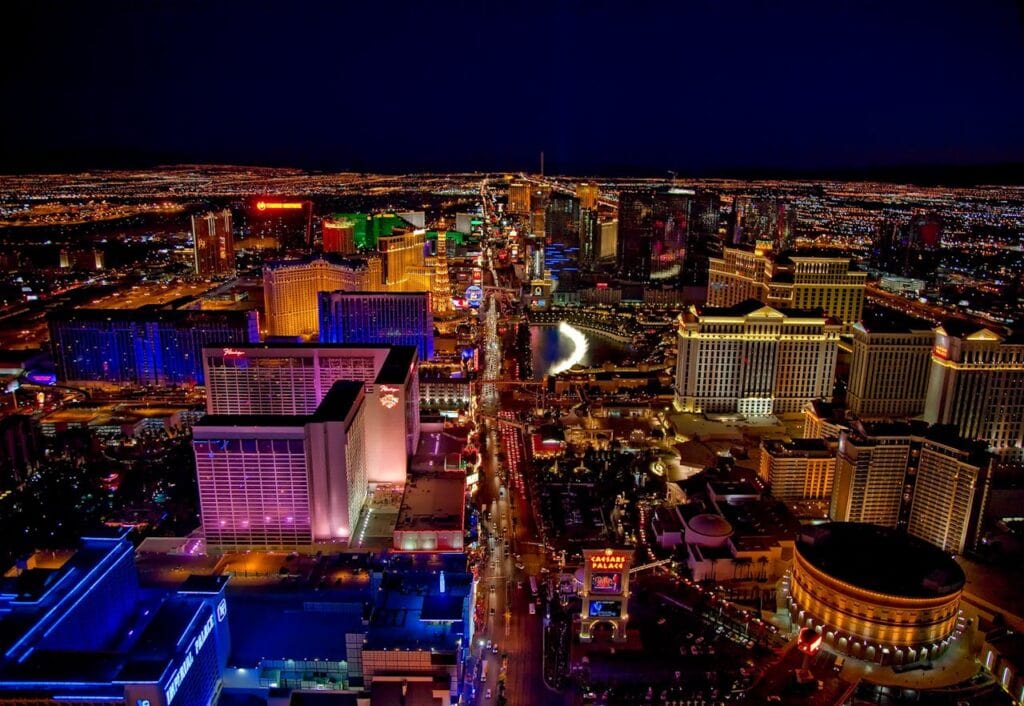
Neon once announced the border long before Las Vegas did, a bright omen on the Mojave that felt like a rehearsal for the Strip. Primm played understudy and temptress, mixing cheap rooms, coffee at all hours, and slots that sang through the night. Then the cadence shifted. Weekdays thinned. Rides paused. Licenses survived on event weekends. What remains is an in-between: a highway mirage with real history, a shrunken “mini Vegas” where the wind threads empty lots and a towering marquee promises a comeback.
That First Flash Of Neon At The Line
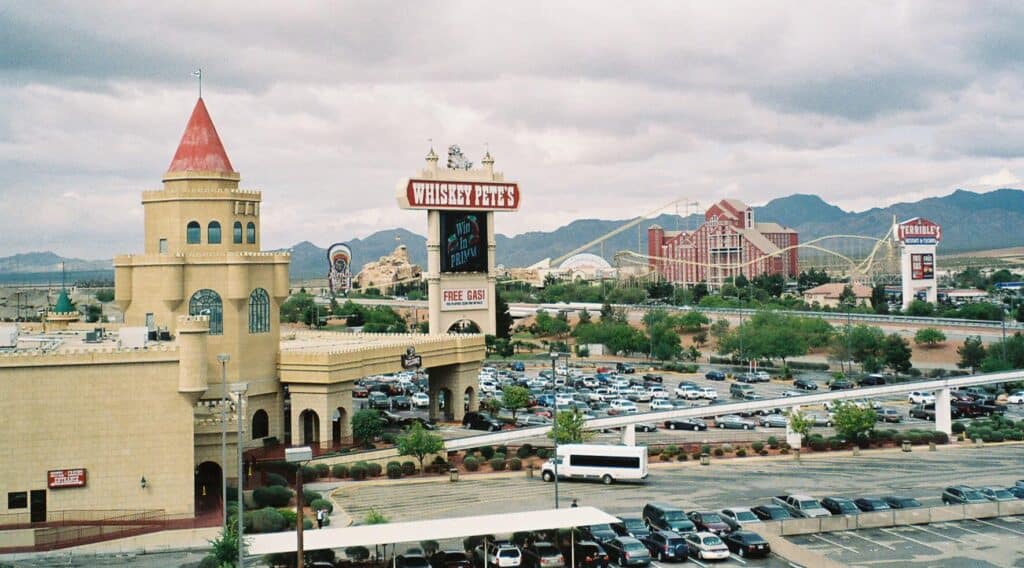
That first burst of lights at the California–Nevada line once played overture to the Strip. Travelers peeled off I-15 for low-stakes tables, bottomless coffee, and breakfast plates, then rolled on with lighter wallets and louder stories under the stark desert sky. The model thrived on sheer volume, not glamour, until habits shifted, gas stops grew shorter, and weekday detours thinned into a quiet the wind now owns.
A Starter Course That Lost Its Appetite
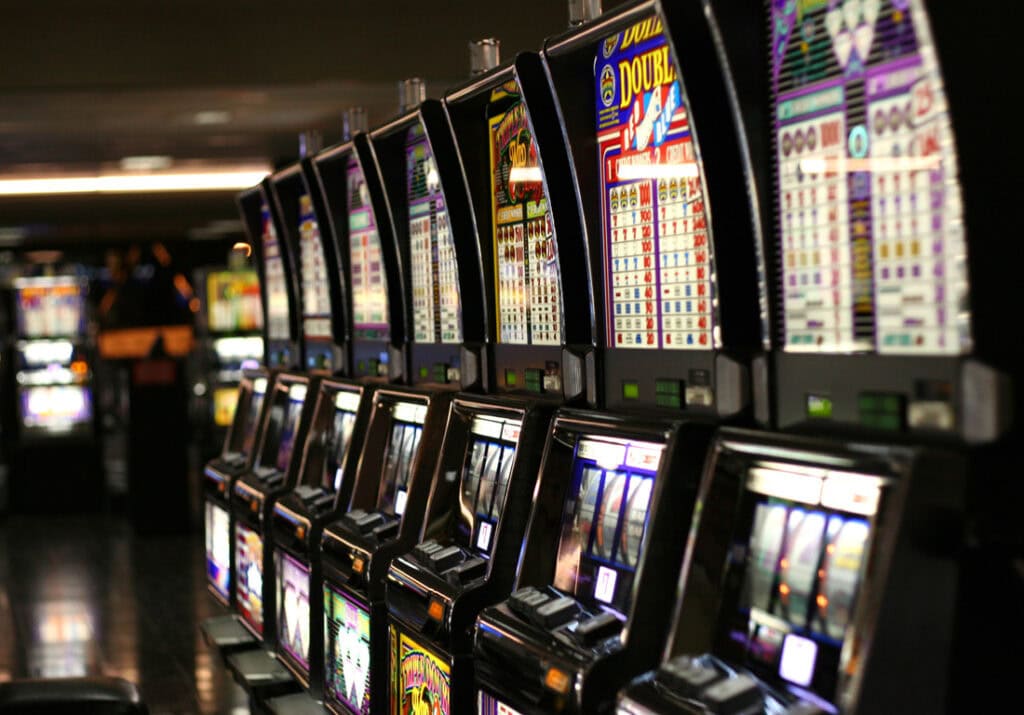
Primm once sold a quick taste of Vegas without the price tag, a starter course before the main show. The rhythm broke as costs rose, the pandemic kneecapped midweek travel, and routines never fully snapped back. Drivers kept moving, parking lots emptied, and properties learned to pulse on select weekends to preserve licenses, leaving long, echoing stretches where neon blinks to an audience of freight trucks and dust.
Buffalo Bill’s And The Coaster Gone Quiet

The frontier-themed resort once punched above its weight, anchored by Desperado’s yellow steel diving over desert gravel. Today it opens in short event bursts to keep gaming rights alive, hosts a concert, then goes dim again. The headline coaster never returned from its pandemic pause, and without that scream the cavernous floors feel like a set waiting for cues, the bison icon now more memory than magnet.
Whiskey Pete’s: 777 Rooms, No Roll Of The Dice

Primm’s original bet closed its doors in Dec. 2024 after weekday demand collapsed. With 777 rooms and a highway-famous name, it once promised a bed, a coffee refill, and a quick spin at the slots for Angelenos chasing value. Clark County granted a waiver to keep it dark for years while owners rethink the playbook, a blunt admission that weekends alone cannot carry three properties in a thinner market.
Jean Checked Out, Logistics Checked In
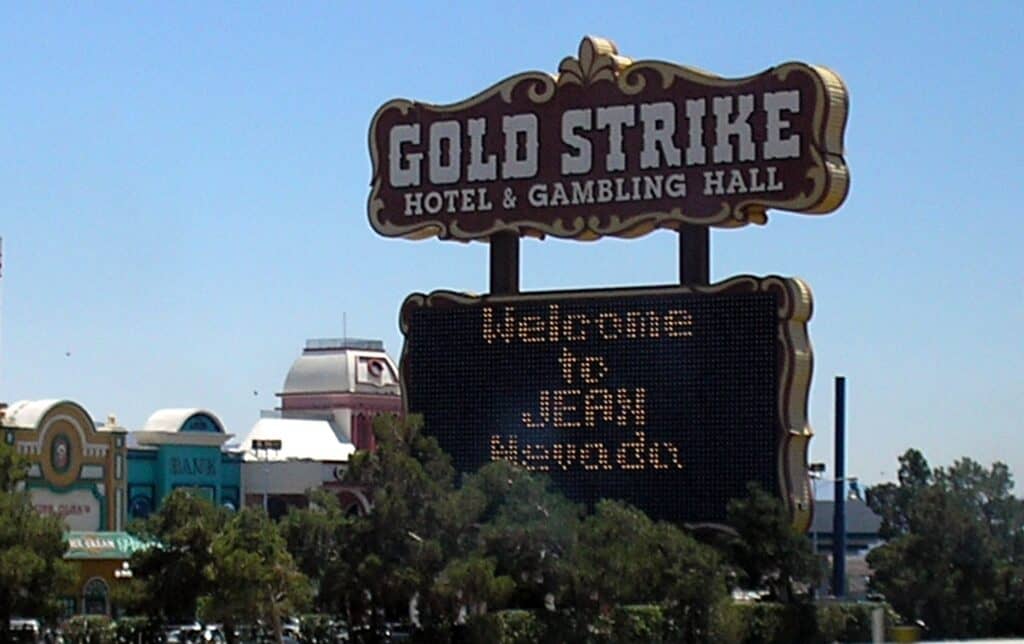
A little north, Jean’s landmark hotel, once Gold Strike and later Terrible’s, closed in 2020 and began demolition in 2024 to clear the site for industrial use. The marquee that served as a mile marker for generations of road trips is gone, replaced by streamlined freight and warehouse glare. Leisure yielded to logistics, and the highway view is simpler, if colder, where buffet lines used to curl, and bus tours idled.
The Outlet That Whispered, Then Went Silent
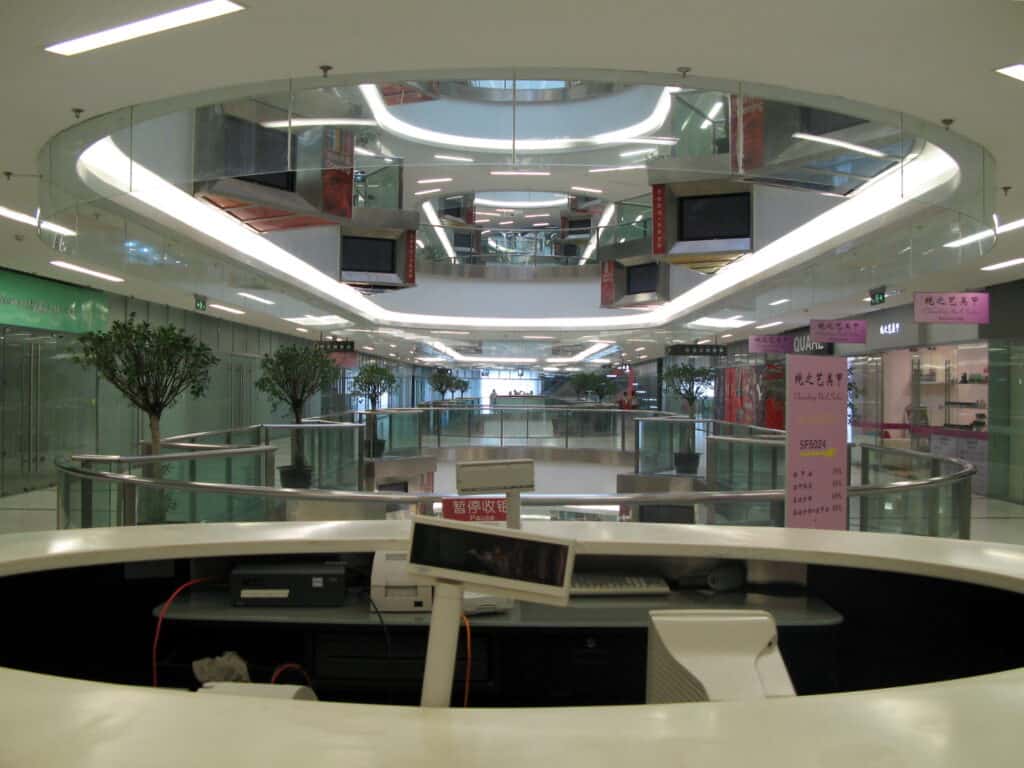
Prizm Outlets tried a reboot with murals and a new name, once spreading nearly 380,000 square feet of discounts across the desert. By summer 2025 a single store hung on, then that, too, went dark. No anchors means no foot traffic, and without easy impulse shopping the town lost a gentle on-ramp for casual spend, the lingering browse that once bridged gas stop to casino floor, arcade, buffet line, and back again.
When Vegas Sneezes, The State Line Catches A Chill
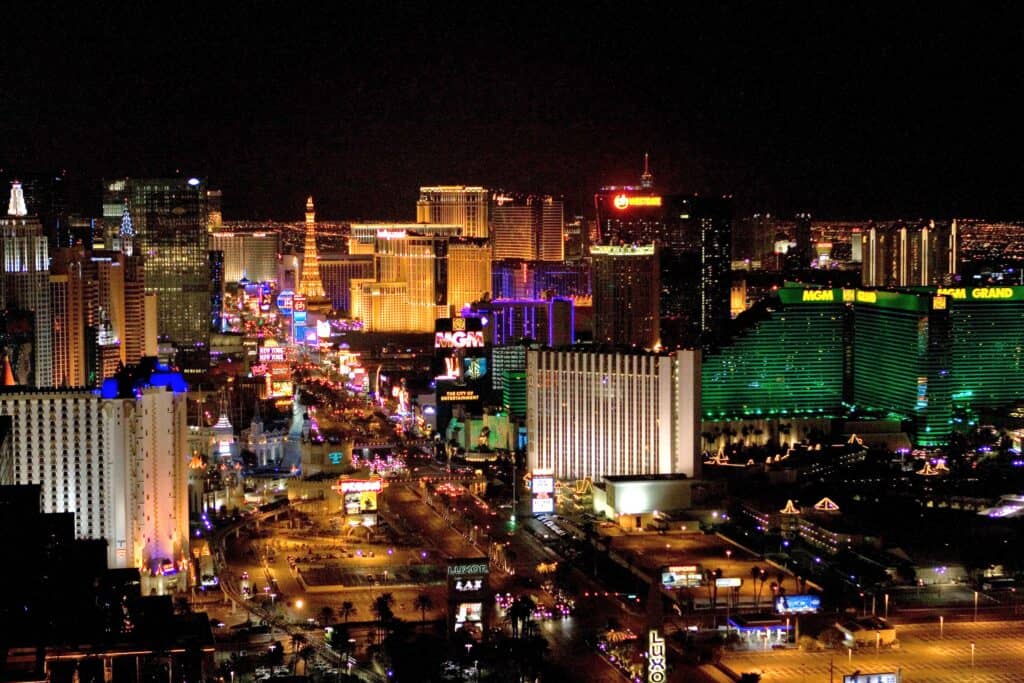
Las Vegas pulled 41.7 million visitors in 2024, proof the Strip still towers over leisure math. Yet 2025 brought stretches of lower passenger counts at Harry Reid International, a steady leak measured in hundreds of thousands that squeezes satellite markets first. Primm lives on those margins; when the main draw softens, impulse detours fade, and comp-driven tables wait for players who never quite exit the interstate.
Betting On Drivers, Not Dreams
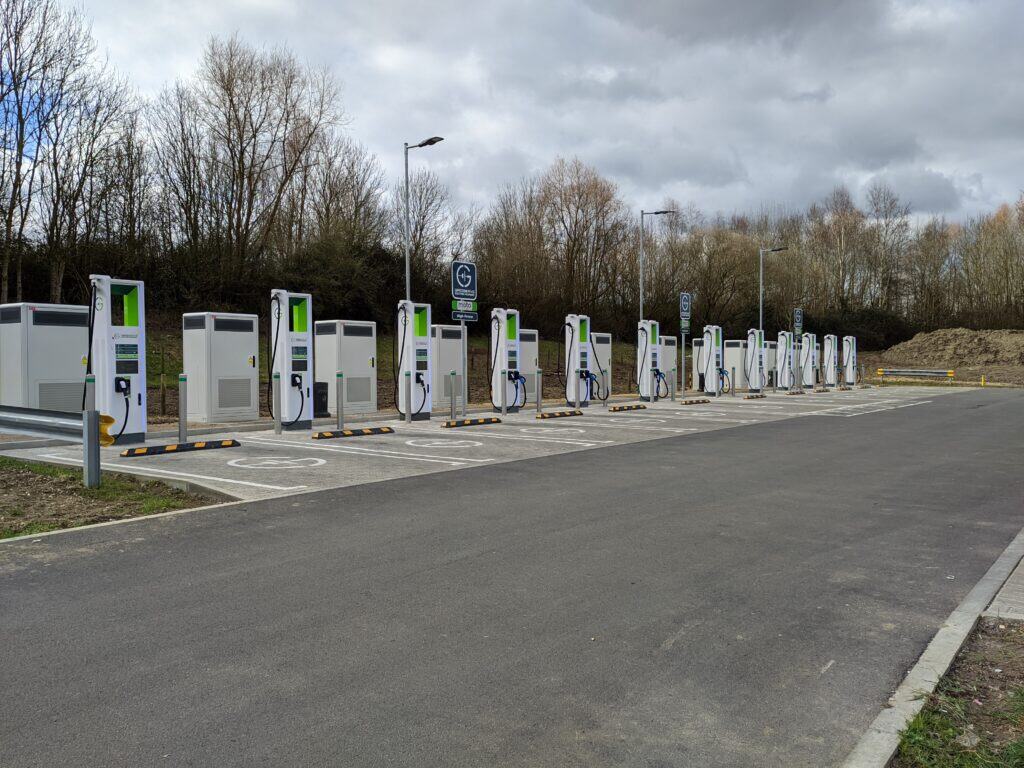
The path forward trades imitation for utility: be indispensable to drivers rather than a cheaper echo of the Strip. EV chargers, clean rooms, consistent food, and weekend music form a service core while licenses stay alive with event pulses and measured openings. If a second airport south of the valley arrives in the 2030s, traffic flows may tilt again; until then, survival looks like a smarter pit stop, not a sideshow.